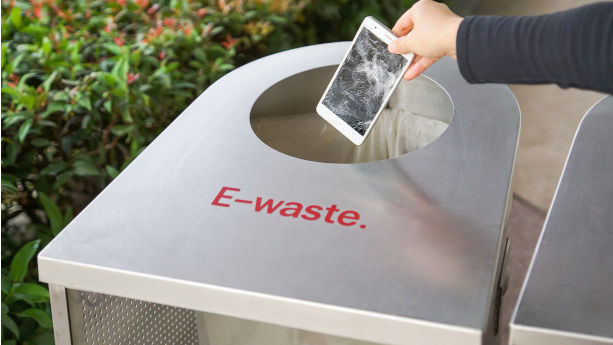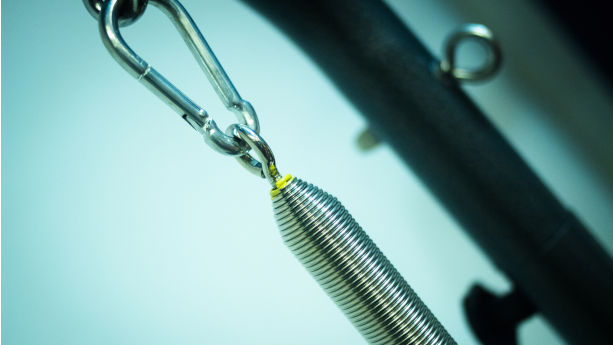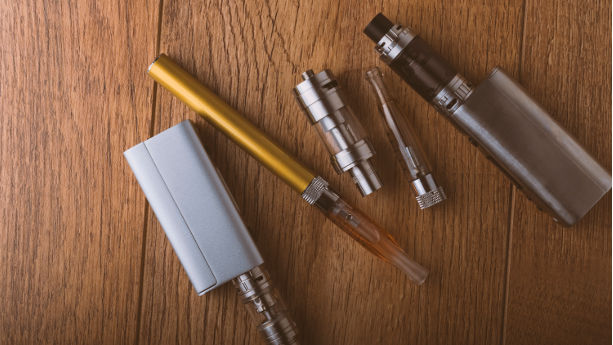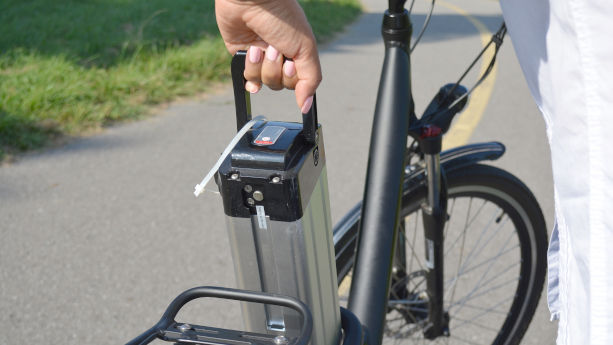
Certain companies importing, manufacturing, and selling electronics for sale in the EU must comply with the obligation of the Waste Electrical and Electronic Equipment (WEEE) Directive. More specifically, such companies must contribute to the waste management of e-waste.
In this guide, we explain what you must know about registration, reporting, and collection requirements under the WEEE Directive. We also list electronic waste management organisations in various EU member states that can help you get started.
Continue reading Electronic Waste (WEEE) Management in the EU: A Practical Guide



















